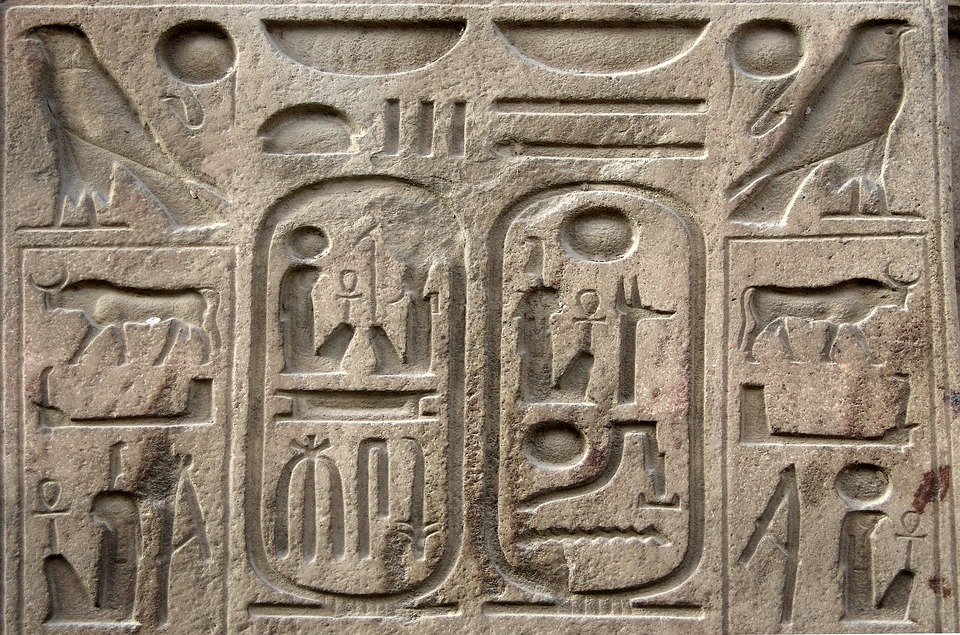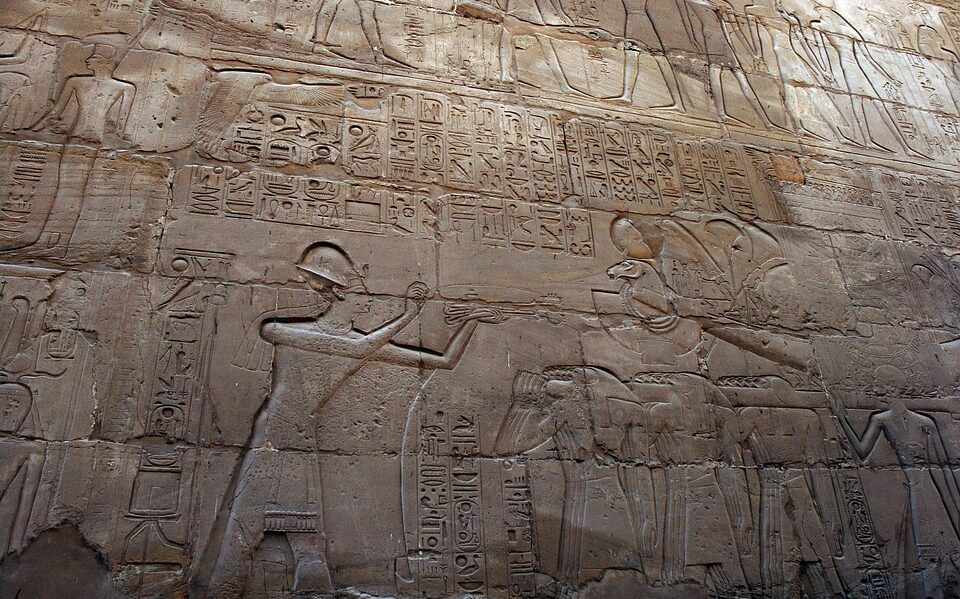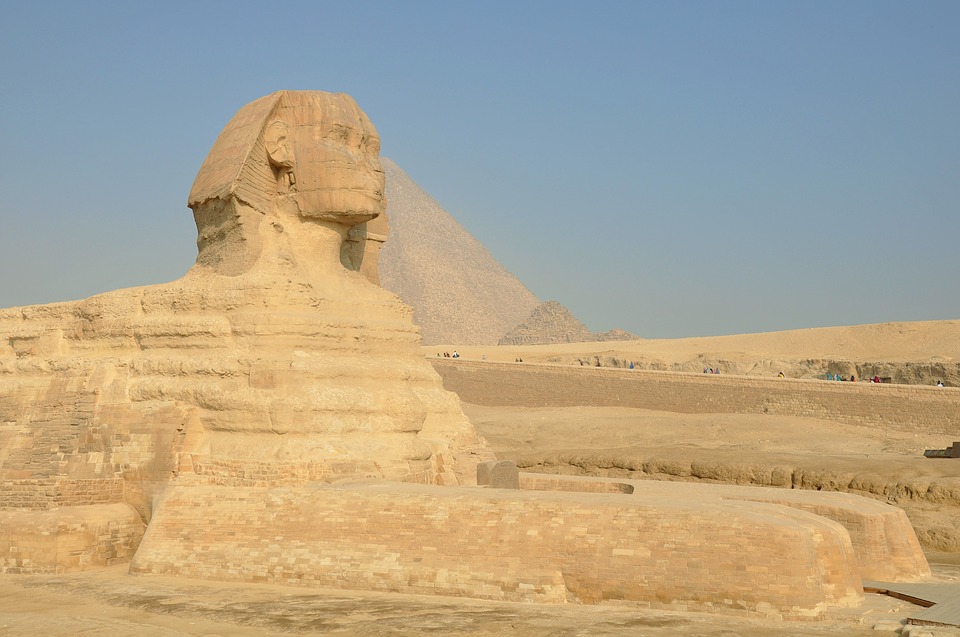Until the end of the 18th century there was little interest in the history of ancient Egypt. The country was under Turkish domination and remained inaccessible to Europeans; in addition, knowledge of ancient Egyptian writing was lost. The situation changed because of the campaign of Napoleon I to Egypt in 1798-1801, which was attended by a group of French scientists with the goal of collecting and cataloging Egyptian antiquities. The result of their work was the multi-volume Description of Egypt (1809-1828). The Rosetta Stone brought to Europe with the text written in hieroglyphic, demotic and Greek allowed J.-F. Champollion (1790-1832) to find in 1822 the method of deciphering of the hieroglyphic writing; he compiled the first grammar and the first dictionary of the ancient Egyptian language. The discovery of J.-F. Champollion marked the birth of Egyptology.

At the first stage of Egyptology’s development (till the beginning of 1880s), excavations were mostly unorganized; due to the lack of qualification of many adventurist archaeologists, a number of valuable monuments were irreparably damaged. At the same time, systematic archaeological research, especially by German and French scholars, began. A Frenchman O.F. Mariette (1821-1881) played an important role in it; he carried out excavations in Thebes, Abydos and Memphis; in 1858 he founded the Egyptian Museum in Cairo. He also completed the deciphering of hieroglyphic writing (R. Lepsius and H. Brugsch) and carried out an enormous work of collecting, systematizing, and publishing the inscriptions and material found. The German school founded by R.Lepsius began to study ancient Egyptian history and chronology.
During the second stage (early 1880s-1920s), archaeological research was carried out on a strictly scientific basis and under the supervision of the Egyptian State Antiquities Service in Cairo. The English scientist W.M. Flinders Peatree (1853-1942) worked out a method of determining the relative age of items and used it fruitfully in excavations at Negada, Abydos, Memphis and El-Amarna. The work of French expeditions was coordinated by the Institute of Oriental Archaeology founded in 1881. From the beginning of the 20th century European archaeologists were joined by their colleagues from the United States, whose activities were supervised by the Metropolitan Museum of Art in New York, the Boston Museum of Fine Arts, the University of Chicago and the University of California.
During this period great strides were made in the scientific publication of ancient Egyptian writings and archaeological materials (General Catalogue of Egyptian Antiquities of the Cairo Museum, Monuments of Ancient Egypt, and Primary Sources of Egyptian Antiquities). A wide variety of aspects of ancient Egyptian history began to be developed. Particular interest was shown in Egypt’s military and political past, its religion and culture. The first generalizing works appeared – History of Egypt since the most ancient times by W.M.Flinders Peetree, History of Egypt by American D.J.Brasted (1865-1935), In the time of pharaohs and Kings and gods of Egypt by A.More (1868-1938). The leading role of the Egyptian civilization in the ancient world was confirmed by the Frenchman H. Maspero (1846-1916), the author of The Ancient History of the Peoples of the Classical East (1895-1899), and the German E. Meyer (1855-1930), the author of the History of Antiquity (1884-1910).

During the third stage (1920s-1950s), archaeologists turned to a serious study of the pre-dynastic and early dynastic periods. The most sensational event was the discovery of the tomb of Tutankhamun by the Englishman H. Carter (1873-1939) in 1922. The problem of the origin of the Egyptian civilization and its relationship with neighboring cultures (Nubian, Libyan, Syrian and Palestinian) was raised. Significant progress was made by philologists: the German scientists A.Herman and H.Grapov compiled a new dictionary of the ancient Egyptian language, the English Egyptologist A.H.Gardiner published a grammar of the classic Egyptian language. Active publication of texts continued: the Wilbur Papyri, Administrative Documents of the Ramessid era, Egyptian Onomastics, etc. Most scholars abandoned the idea of Egyptian dominance in the Ancient East (Cambridge Ancient History). In the 1940s, an Egyptian school of Egyptologists emerged (A. Kamal, S. Hassan, Z. Ghoneim, A. Bakir).



